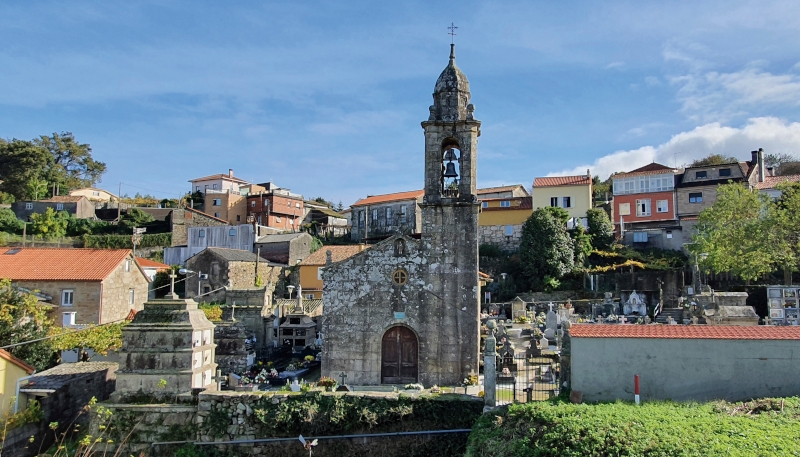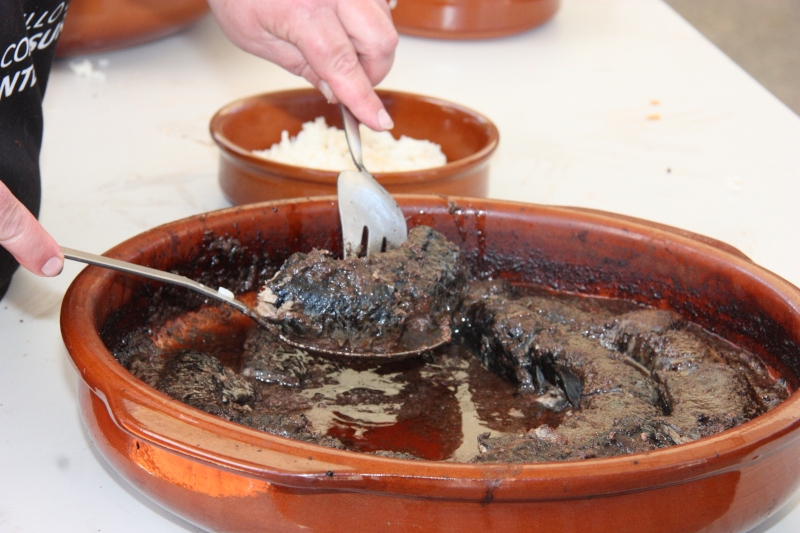
What to see and do in Pontecesures

The bridge has been an essential element in the area’s history and economy from its origin, in the 1st AD, to the present day since it forms part of an important crossroads.
It now links the regions of Pontevedra and A Coruña, directing pilgrims towards Santiago.
It is the last of the 17 figures of the Way of the Cross that, from the islands of Malveira Grande and Cortegada, indicate the route followed by the Apostle James’ body on its final journey from Jerusalem to its burial place in what would become the city of Compostela.
Known as Cesures by the Romans, this port was for centuries the commercial and economic base of the region. There are already samples of this in the first known settlements, the forts of Porto and Infesta, where remains of Phoenician, Greek and Carthaginian pottery were found.
Housed in an annexe of the “Plaza de Abastos” (food market), it is a simple fish market that was built in 2017 so that the “Valeiros,” the fisherman that catch this curious “fish,” can carry out their transactions in a suitable place.
This curious monument commemorates that initiative with a granite replica of the Renault Freder with registration number PO-02, which was the first petrol vehicle in Galicia and participated in the first two events.
This is a sturdy, baroque construction that was built in 1795. Its façade features a large Bourbon coat of arms and the inscription “Tobacco warehouse built in the year MDCCVC during the reign of Don Carlos IV.”
As was usually the case, it was erected on the site of an old “castro” (Iron Age settlement), Castro Cessuris, at the order of Bishop Gelmírez. The construction work was completed in 1116 and consisted of a single rectangular nave, which is made of ashlars and reflects a very sober style.
Like many churches in the Galician countryside, the cemetery is located within the courtyard.
It is located right in the town centre, in the surroundings of the school district.
Its name refers to a magnificent “pino manso” or stone pine (Pinus pinea) growing in the area.
Located beside Monte Salgueiras Lagoa, at a height of around 300 metres, it features spectacular views of the confluence of the Ulla and Sar Rivers, on the way to Arousa, as well as the localities of Pontecesures, Padrón, Valga, etc. It features stone benches and tables, barbecues, etc.
Gastronomy festival featuring lamprey from the Ulla River that has been held since 1996. It takes place between late March and early April, coinciding with the festivities held on the Sunday of “San Lázaro” (St. Lazarus).
The festival is held in a gastronomy tent that is set up in the esplanade of the river port, as well as in the town centre’s bars and restaurants. Lamprey is traditionally prepared with bordelaise sauce.


















